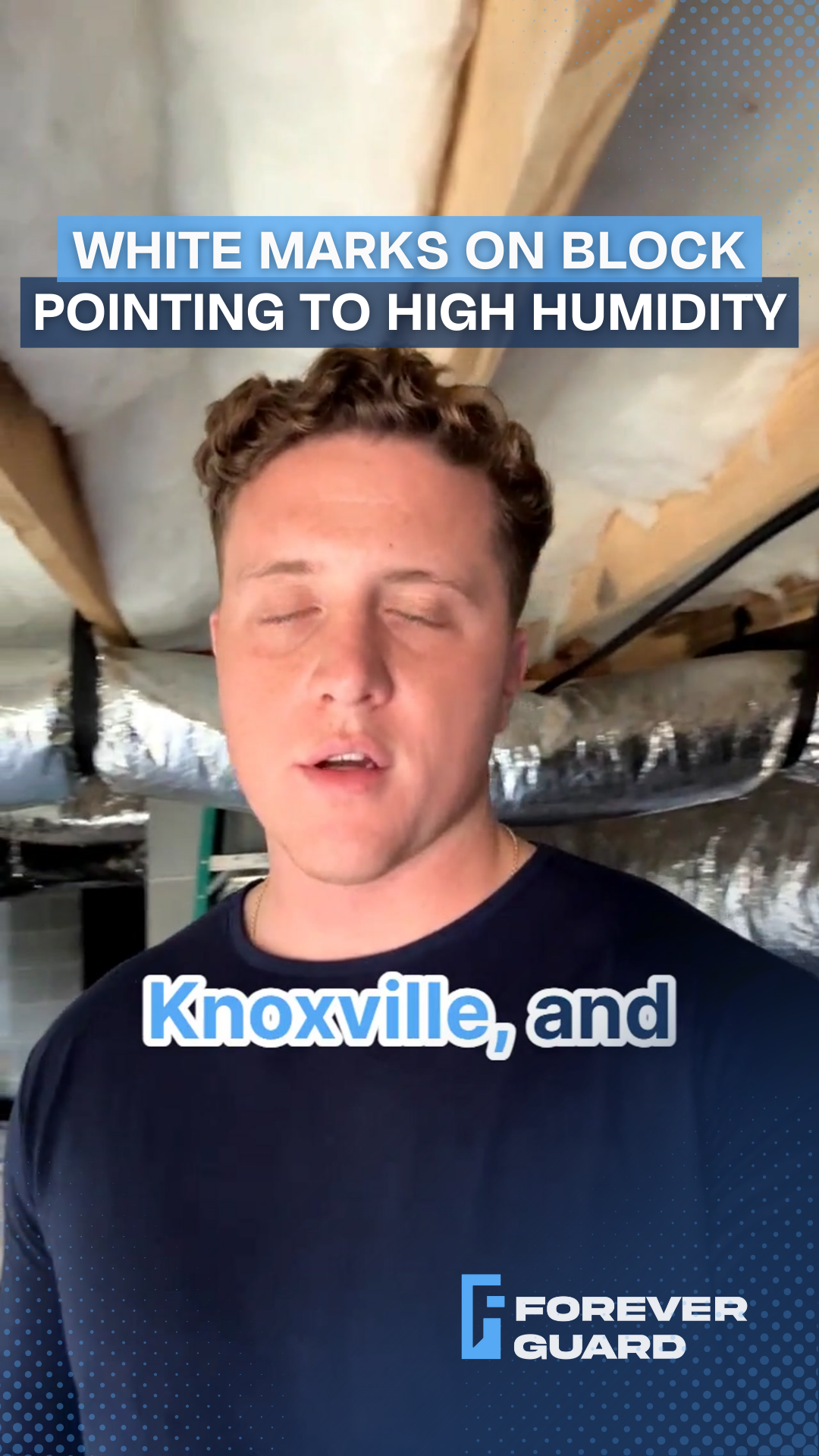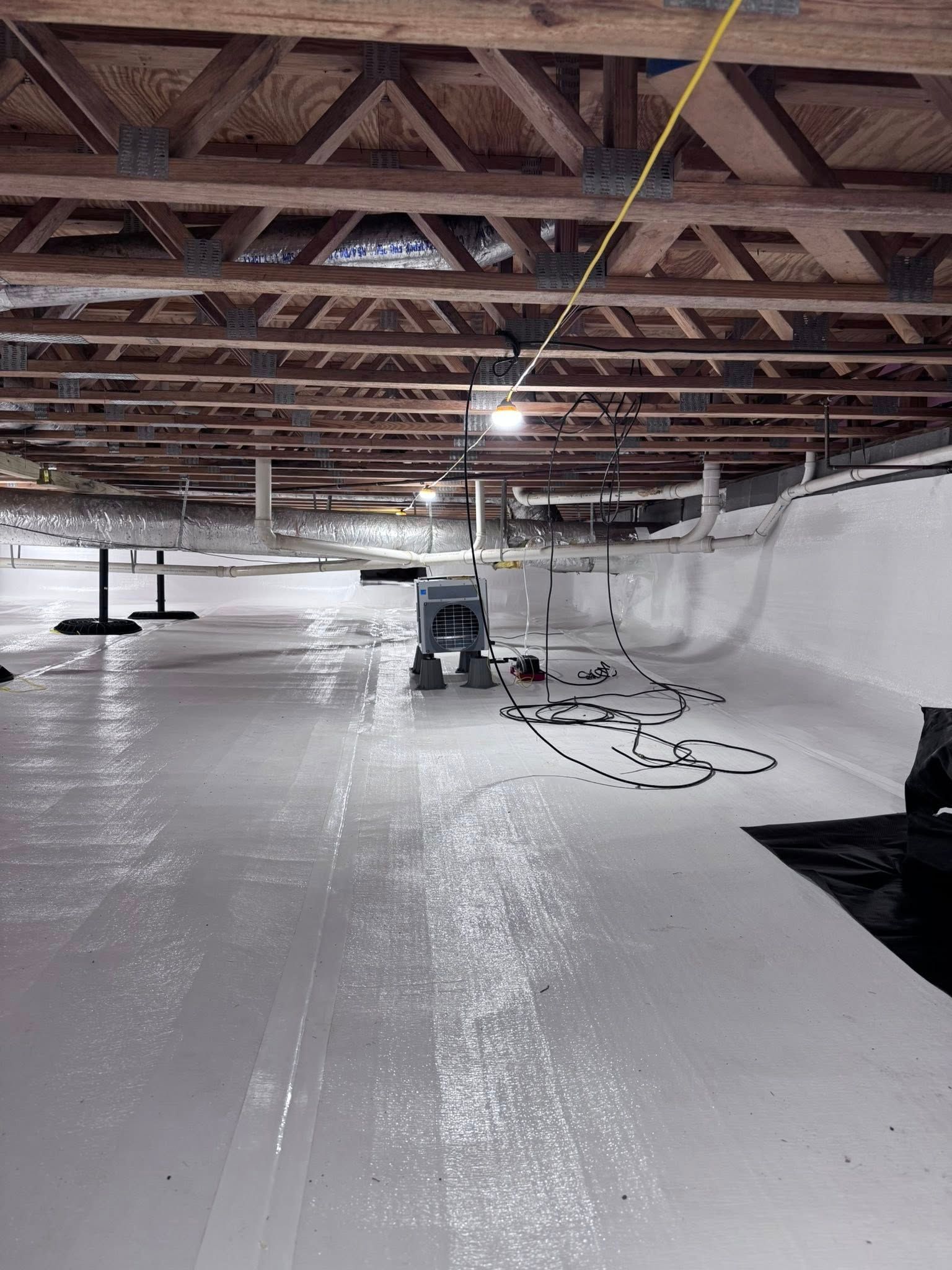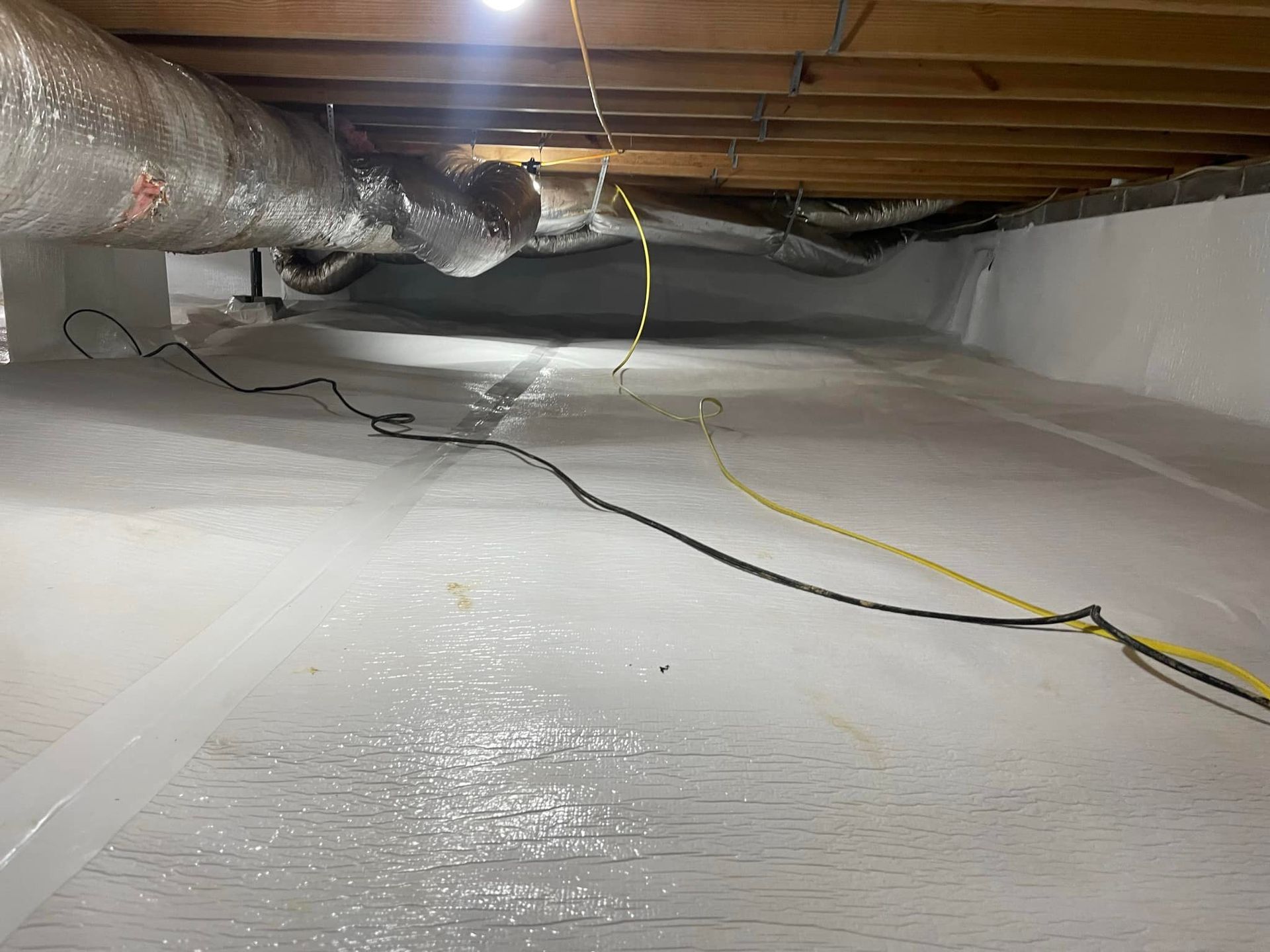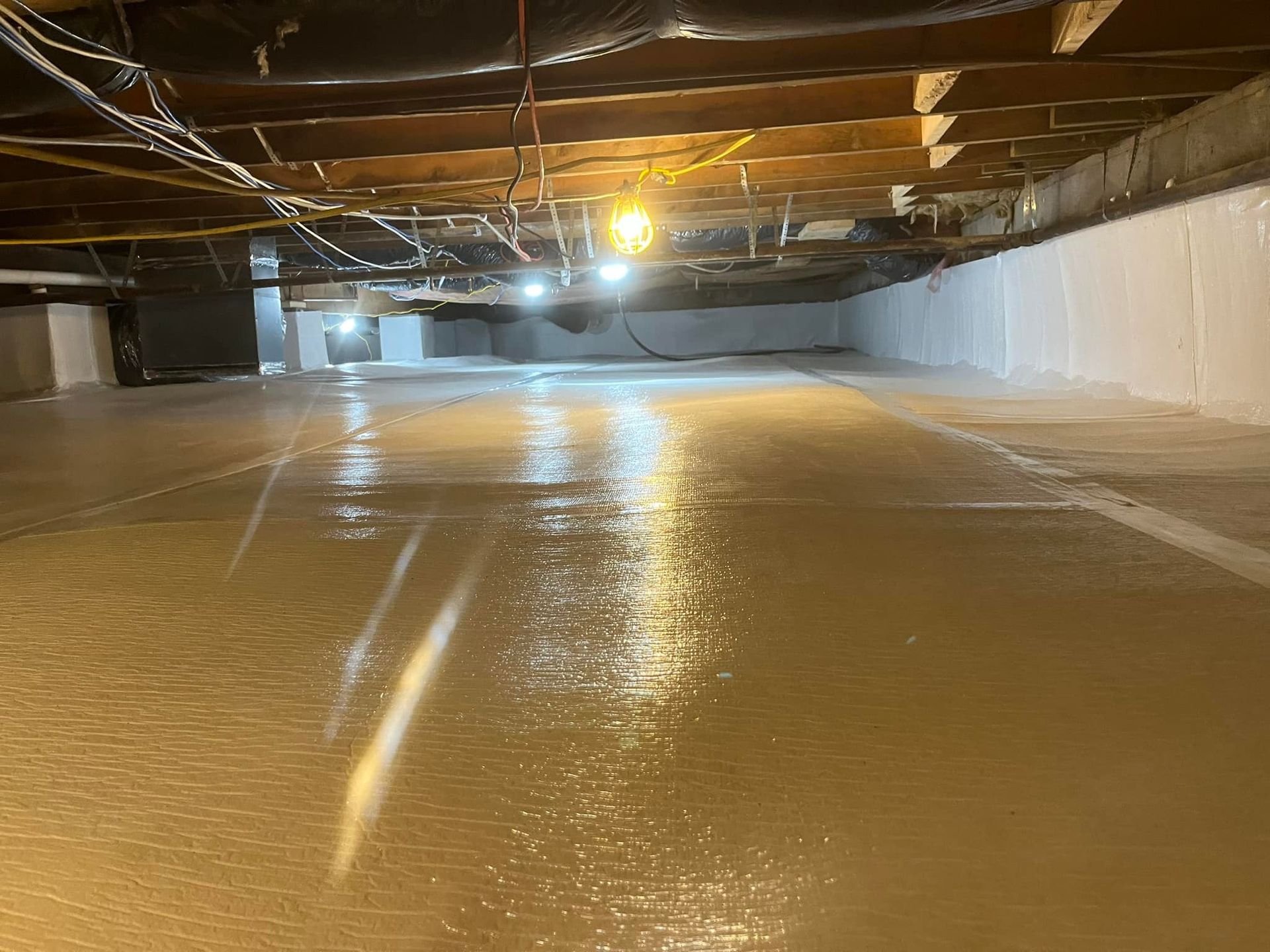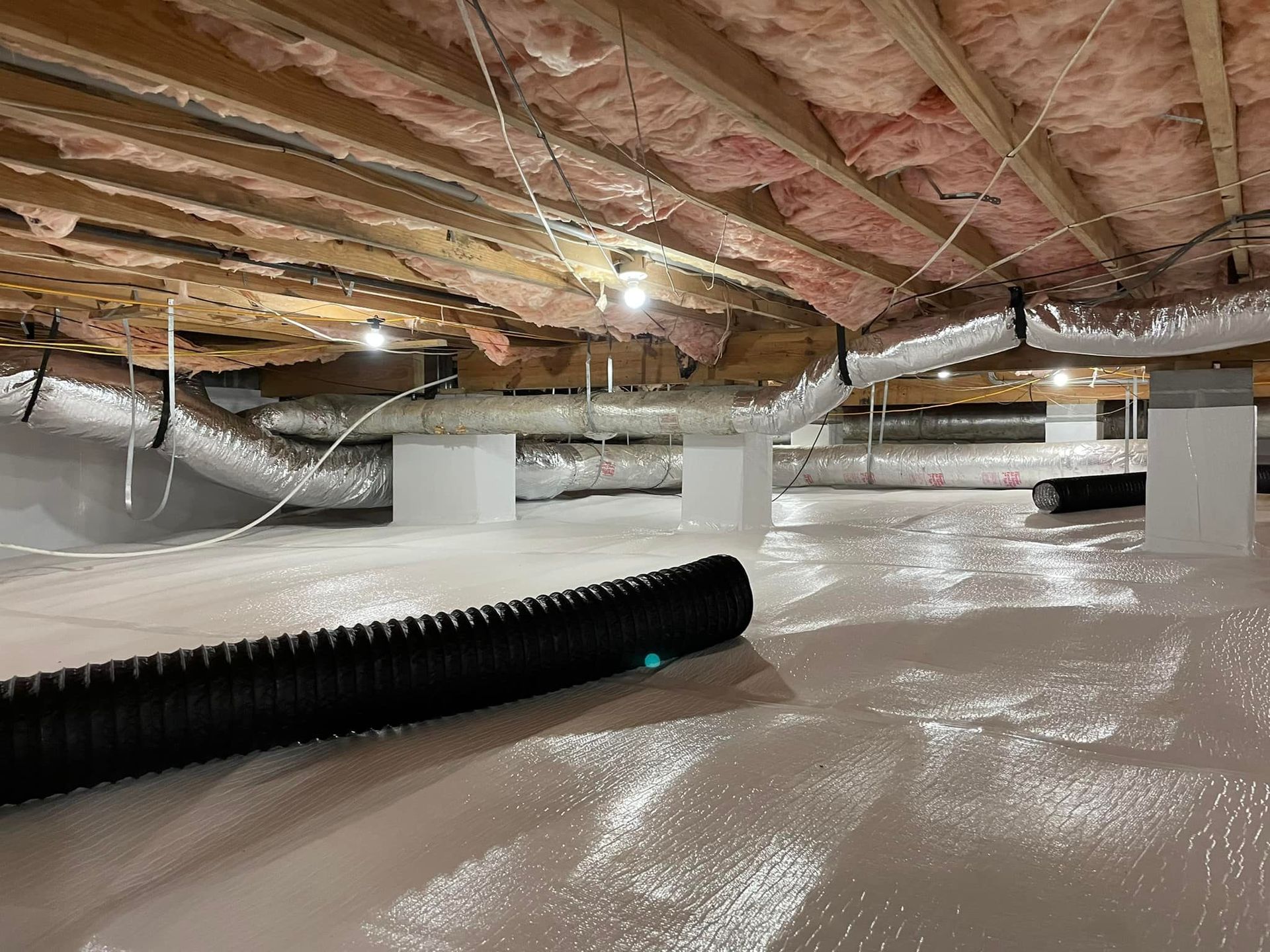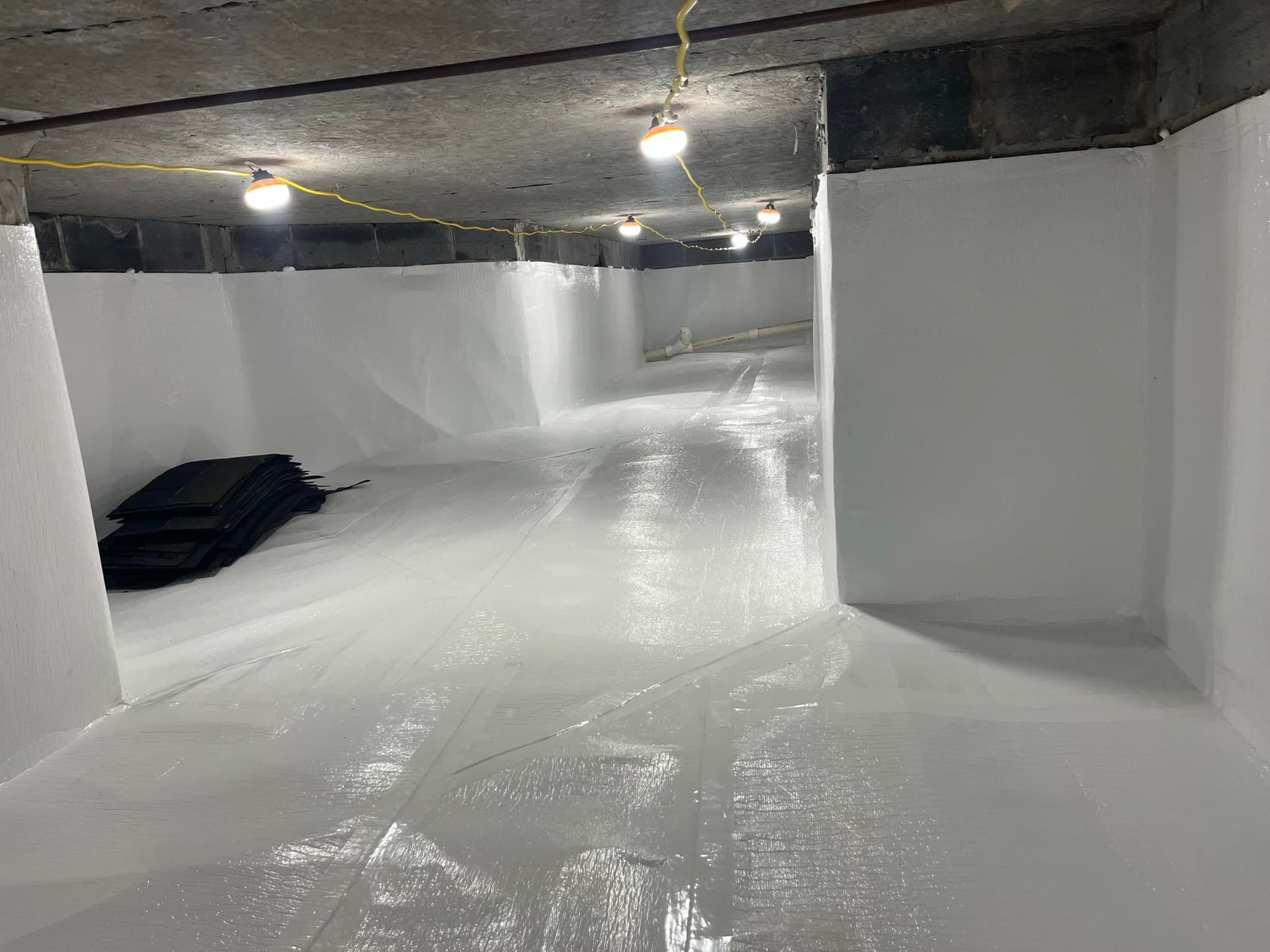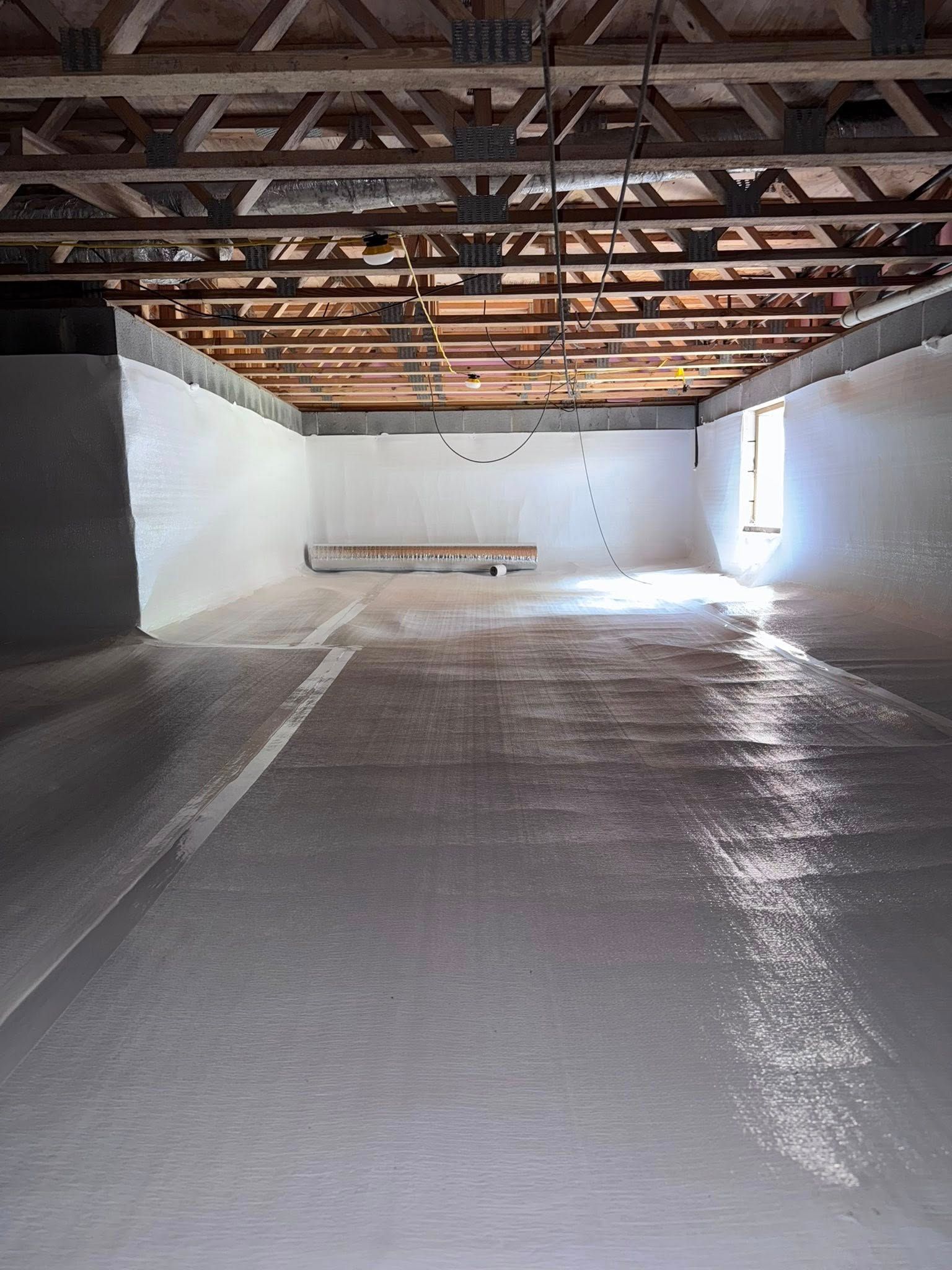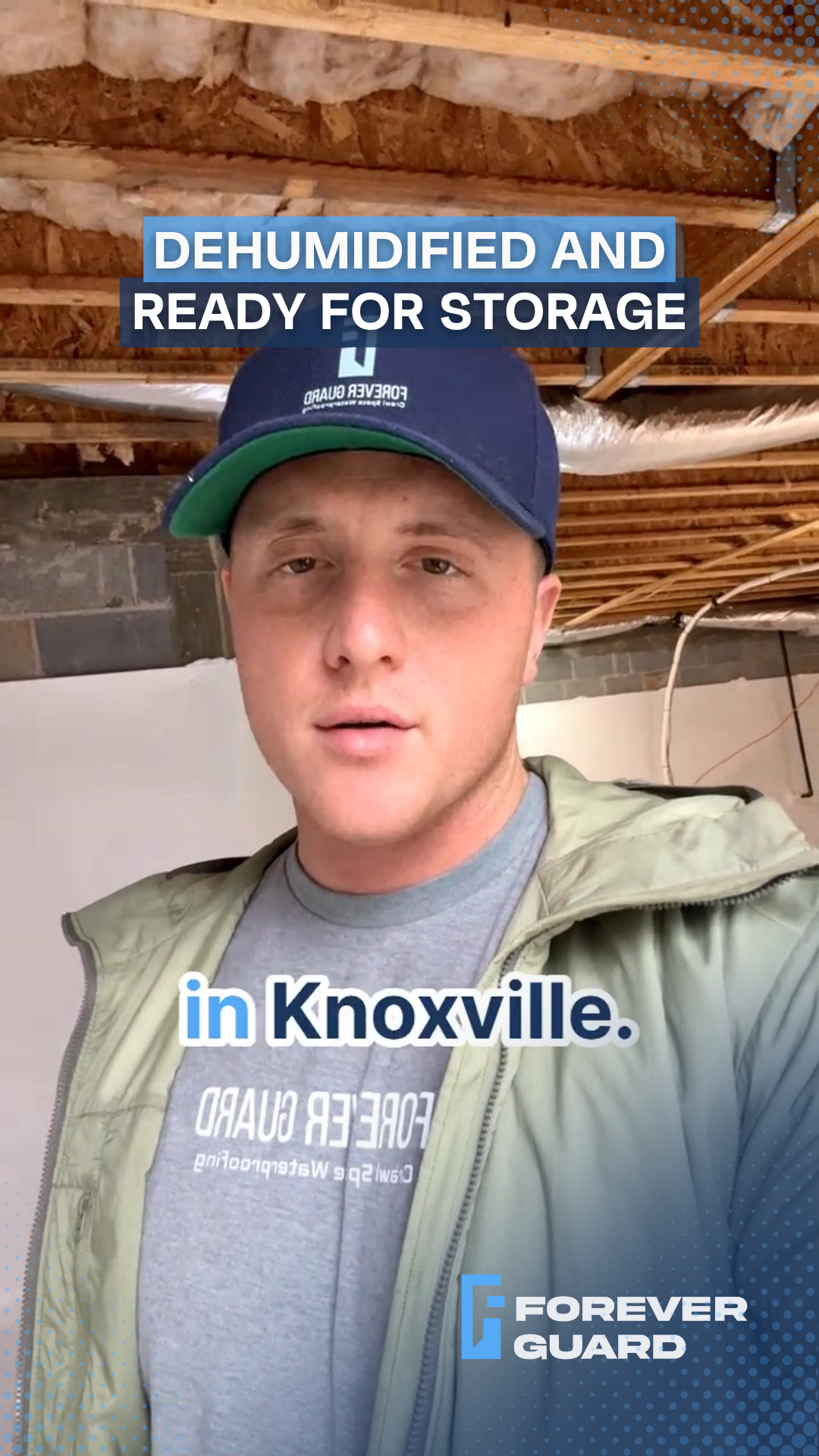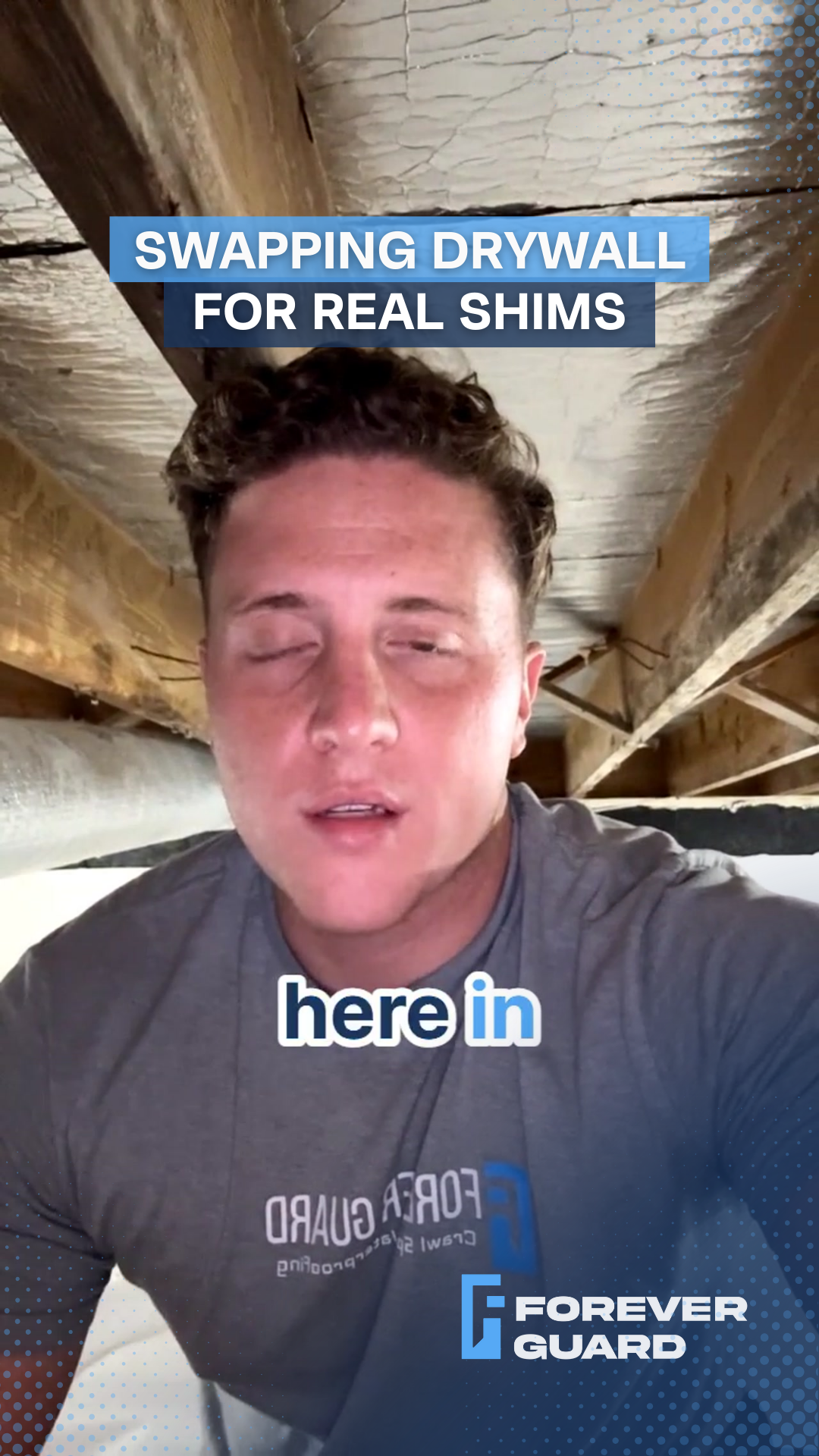When Wildlife Moves In: What Your Crawl Space Is Telling You
Understanding the Real Problem Under Your Home
Why animals choose your home - and what it means for your foundation
During a recent inspection in Knoxville, I found something that's becoming all too common: a crawl space that had become prime real estate for local wildlife.
Possums and raccoons had torn down insulation to create comfortable nesting sites.
But here's the thing - these animals weren't just looking for shelter.
They were giving us important clues about serious problems under this home.
When wildlife moves into your crawl space, they're not just unwanted guests.
They're actually telling you something critical about your home's foundation system - something that could cost you thousands if ignored.
What Makes Your Crawl Space Attractive to Wildlife
Think about it - animals are pretty selective about where they make their homes. When they choose your crawl space, it's because they've found the perfect combination of conditions:
- High moisture levels that make the space comfortable
- Damaged insulation that makes perfect nesting material
- Easy access points through foundation gaps
- A warm, protected environment
But here's what most homeowners don't realize: these same conditions that attract wildlife are actively damaging your home. That moisture pushing through the foundation walls? It's not just making a cozy habitat for creatures - it's compromising your home's structural integrity.
During this inspection, we found deteriorating ductwork and insulation that had been damaged long before the animals moved in. The wildlife didn't cause these problems - they just took advantage of them.
Double Trouble: Two Problems, One Root Cause
Here's what makes this situation tricky - you might think getting rid of the animals is your biggest concern. But they're actually just taking advantage of conditions that are already damaging your home.
That moisture that makes your crawl space so appealing to wildlife? It's also:
- Breaking down your insulation
- Causing your ductwork to deteriorate
- Pushing through foundation walls
- Creating perfect conditions for structural damage
Every day these issues go unchecked, they get more expensive to fix.
The Real Cost of Ignoring These Signs
Let's be clear about what's at stake. When you ignore wildlife in your crawl space, you're not just ignoring unwanted houseguests. You're overlooking problems that multiply over time:
- Insulation that's been torn down can't protect your floors
- Damaged ductwork leads to higher energy bills
- Moisture-weakened structures get worse every season
- Foundation issues become more expensive by the month
What might start as a simple fix can quickly turn into a major renovation if left unchecked.
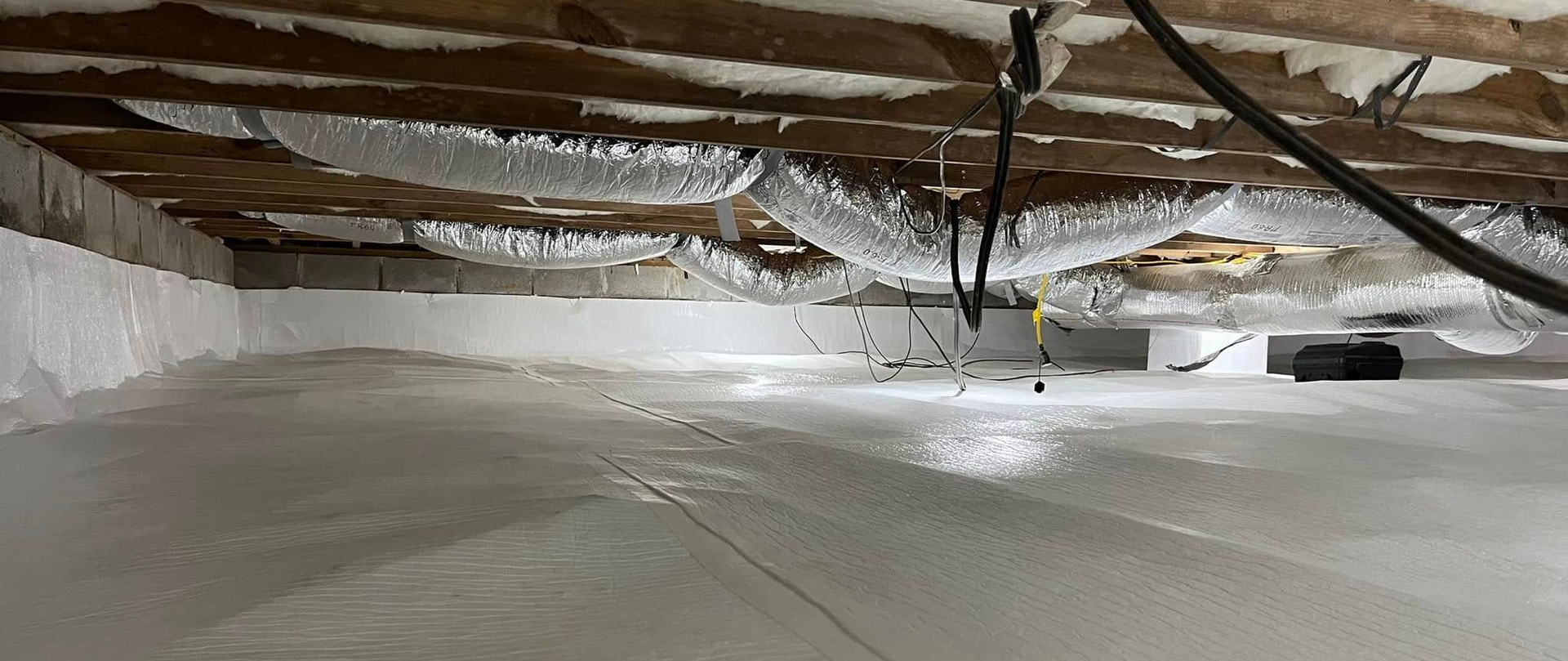
Prevention: Solving Both Problems at Once
The good news? There's a solution that addresses both the wildlife and the underlying moisture issues. Proper crawl space encapsulation:
- Seals entry points that animals use
- Controls moisture that attracts them
- Protects your insulation and ductwork
- Preserves your foundation's integrity
By dealing with the root cause - moisture - you make your crawl space inhospitable to wildlife while protecting your home's structure. It's the difference between putting a band-aid on the problem and actually solving it.
Taking Action
Look, nobody wants to think about what's happening under their house. But catching these issues early can save you thousands in repairs - and prevent some unwanted roommates from moving in.
Here's what you need to do:
- Listen for unusual sounds under your floors
- Pay attention to musty smells
- Watch for signs of moisture around your foundation
- Schedule regular professional inspections
Remember, animals choosing your crawl space isn't just a pest control issue - it's often a sign of underlying problems that need attention. The sooner you address these issues, the better protected your home will be.
